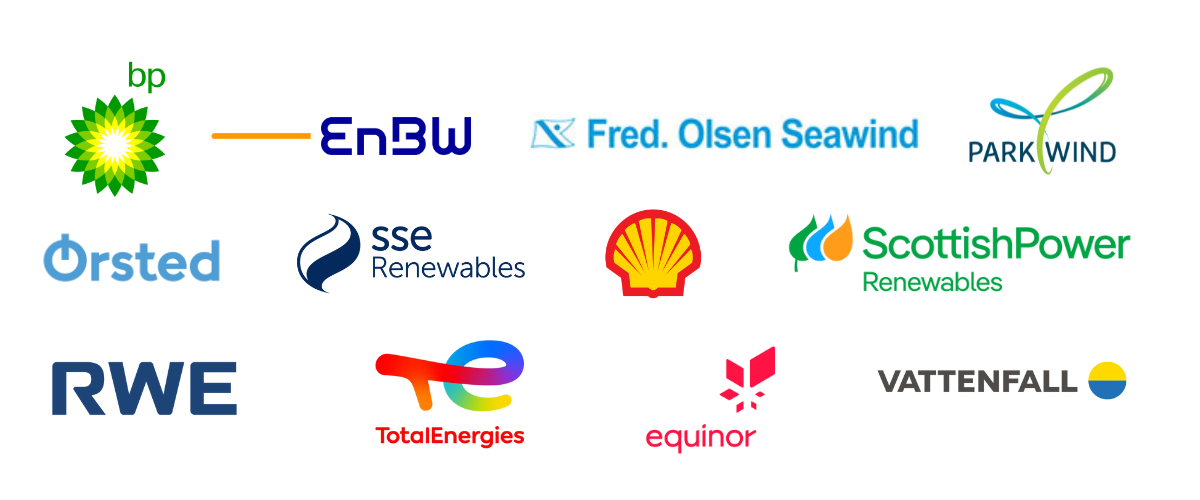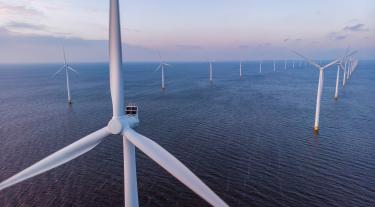The Sustainability JIP plays a critical role of:
- Enabling stakeholders to track their OSW footprint and map that against hard-to-abate supply chain challenges such as steel manufacturing
- Creating opportunities for OSW to join emerging green economic activities of circularity, re-use, repurpose and innovative design
- Providing a necessary collaboration platform for identification and prioritisation of pathways to decarbonise the sector
By the end of 2021, 55 GW of offshore wind capacity was installed globally, with over a third of this being installed within 2021. However, according to the IEA, an additional 70-80 GW will need to be installed every year from 2030 to achieve Net Zero by 2050.
As demand for renewable energy grows, the offshore wind industry needs to scale up rapidly to meet this level of ambition, and this must be in a sustainable way. Building on the decarbonisation efforts at an individual wind farm level, the Sustainability JIP is key to creating a consistent approach to account for carbon impacts, increase transparency of supply chain emissions and accelerate engagement across the value chain.
While offshore wind energy generation has a significantly lower carbon impact than fossil fuels, the sector must still work with suppliers to reduce emissions linked to the carbon and resource-intensive models of production, deployment and operation with key hotspots such as steel, cement and fuels.
Research areas:
Phase 1 (2023 - 2024)
The Offshore Wind Sustainability JIP (Sustainability JIP) developed an industry-backed methodology and guidance on how to measure and address offshore wind farms’ carbon emissions throughout their lifecycle.
Phase 1 of the Sustainability JIP delivered:
- Standardising offshore wind carbon footprinting: A first-of-its-kind standardised methodology to enable developers and other stakeholders from across the industry to calculate the lifecycle carbon emissions of their offshore wind assets in a consistent and transparent manner.
- Data: Engagement with the industry and standardisation bodies to improve data quality and availability and promoted greater supply chain transparency.
- Decarbonisation action: Identified the key carbon emission drivers and hotspots in the offshore wind value chain and wind farm life cycle.
Partners
bp, EnBW, Fred Olsen Seawind, Parkwind, Ørsted, SSE, Shell, SPR, RWE, Total Energies, Equinor and Vattenfall



